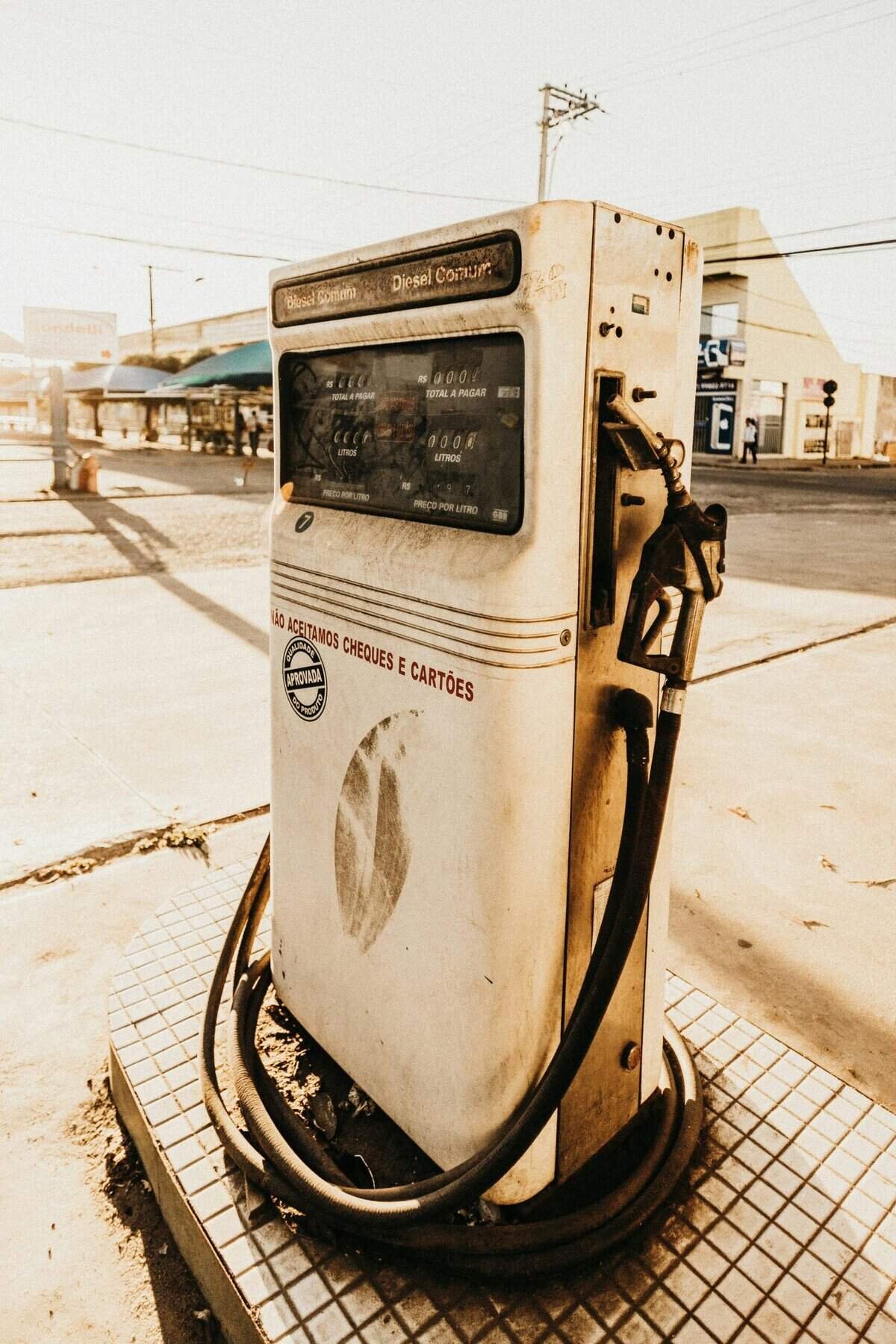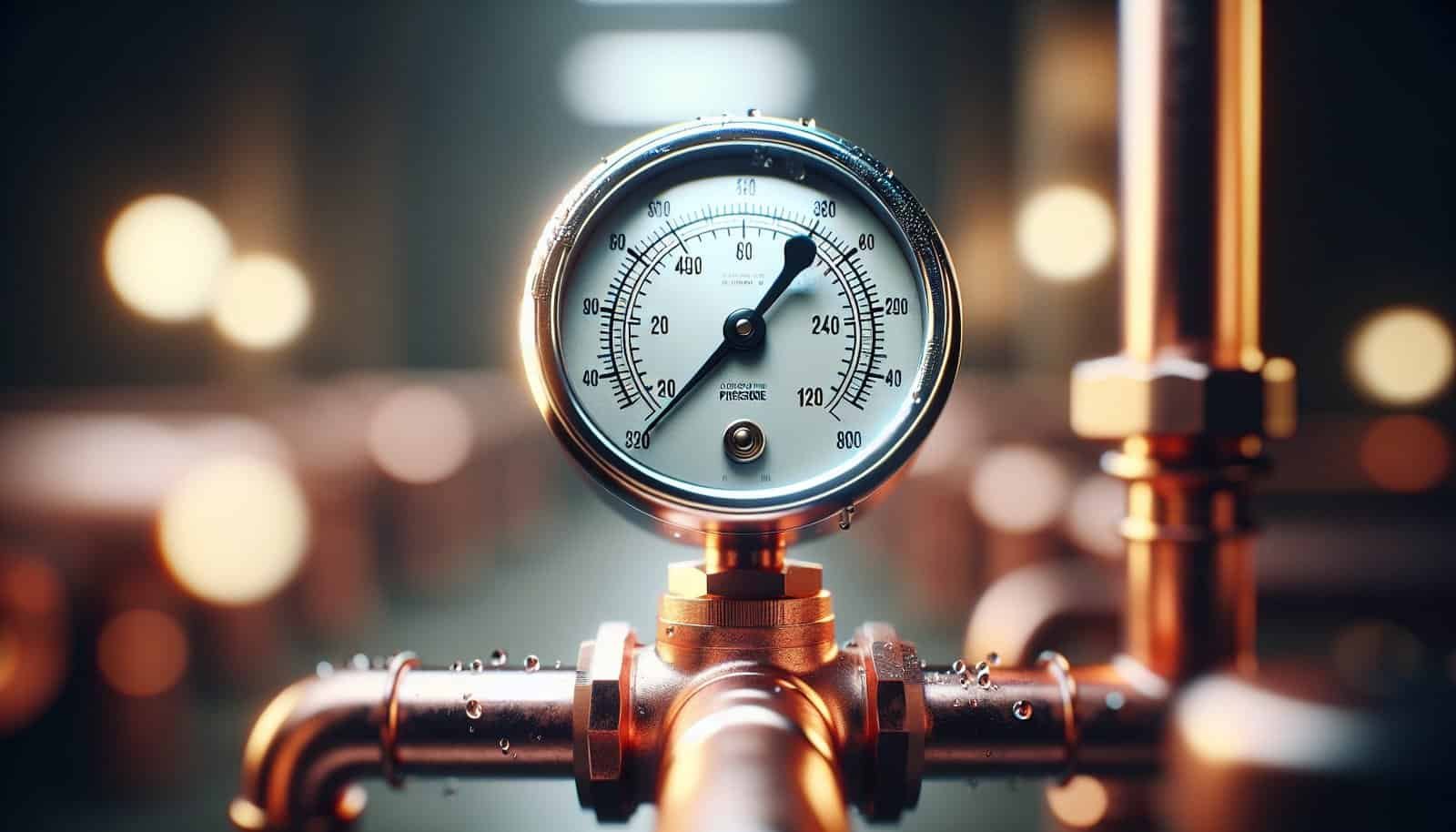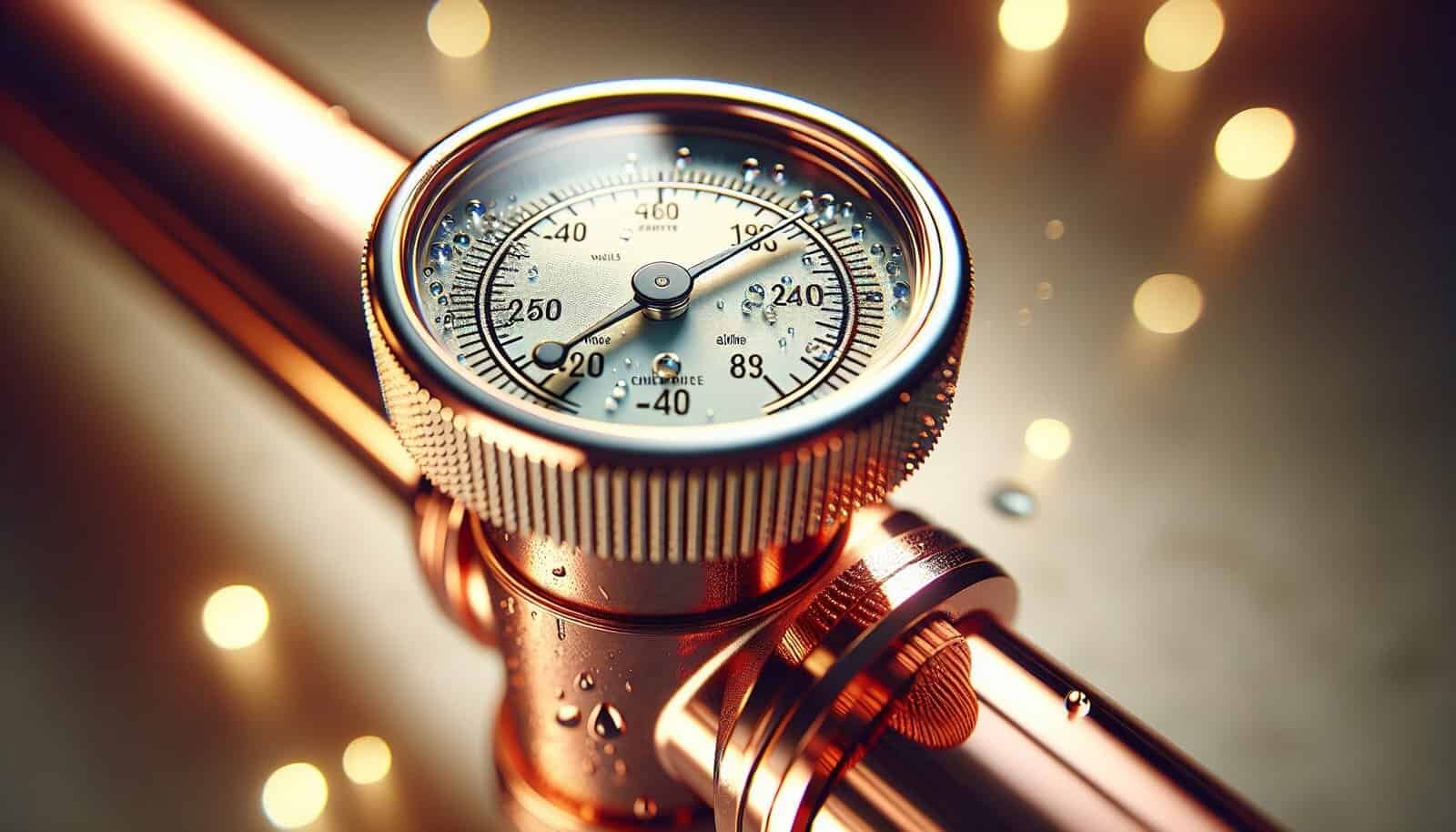Is your well water pressure lower than you expected when you turn on the tap?
How Do I Increase Water Pressure From My Well?
You rely on your well to supply water for drinking, cleaning, cooking, and more, and low pressure can be frustrating. This article walks you through why pressure problems happen, how to diagnose them, what fixes you can try yourself, and when you should call a professional. You’ll learn practical tips, typical costs, and maintenance steps to keep your system delivering steady pressure.
Understand Well Water Pressure Basics
Before you try to fix the problem, it helps to understand the major components that determine well water pressure and how they interact. Knowing the basics will let you narrow down the cause quickly and choose the right solution.
Static and Dynamic Pressure
Static pressure is the pressure in the system when no water is flowing; dynamic pressure is the pressure while water is being used. Static pressure tells you what the pump or tank holding pressure can achieve at rest. Dynamic pressure, which you notice when a faucet is open, is affected by flow rate and restrictions.
Pressure Tank and Bladder
Most well systems use a pressure tank to reduce pump cycling and provide immediate water under pressure. Tanks may be bladder-type (air separated by a rubber bladder) or older galvanized/steel tanks that rely on an air cushion. If the tank is waterlogged or the bladder has failed, pressure and cycling will be affected.
Pressure Switch Settings (Cut-In and Cut-Out)
Your system’s pressure switch tells the pump when to start and stop. The cut-in pressure is the point at which the pump turns on; the cut-out pressure is when it turns off. Common settings are 30/50 psi, 40/60 psi, or higher. If the switch is set too low, you’ll have low pressure. If it’s misadjusted or faulty, pressure may be unstable.
Pump Types
Shallow/well jet pumps and submersible pumps are common. Shallow jet pumps are mounted above ground and use suction; submersible pumps sit in the well and push water up. Each type has its own set of failure modes affecting pressure.

Common Causes of Low Well Water Pressure
Low pressure can be caused by many different issues. Identifying the most likely causes will speed up the fix.
- Waterlogged or failed pressure tank bladder
- Incorrect pressure switch settings or a bad pressure switch
- Clogged intake, foot valve, or well screen
- Low well water level or poor well yield
- Worn pump impeller or motor problems
- Leaks in the plumbing or well piping
- Undersized or corroded piping and fittings
- Clogged filters, softeners, or pressure-reducing valves
- Faulty check valve or foot valve (stuck open or closed)
- Air in the lines or pump
Use the table below to match cause to common symptom and a simple check:
| Cause | Common Symptom(s) | Quick Check |
|---|---|---|
| Waterlogged tank or failed bladder | Short cycling, low or inconsistent pressure | Tap the tank (hollow vs heavy), check tank air pressure |
| Bad pressure switch | Pump not starting/stopping at correct pressures | Watch cut-in/cut-out with gauge |
| Clogged screen/foot valve | Reduced flow, pump runs longer | Observe pump run time and flow rate |
| Low well level/poor yield | Pressure drops during use, slow recovery | Measure drawdown and recovery time |
| Worn pump | Weak flow, unusual noise | Listen for motor strain, measure current |
| Leaks | Loss of pressure over time | Watch for puddles, inspect fittings |
| Filter or water treatment clog | Low flow at multiple fixtures | Check filter differential pressure or replace filters |
| Undersized piping | Low flow when many fixtures run | Measure flow rate with multiple fixtures open |
How to Diagnose Low Pressure: Step-by-Step
Follow these diagnostic steps to identify the root cause. Always observe safety and shut power before working on electrical components.
- Record symptoms: note when pressure is low (all the time, only when many fixtures run, only on hot water, etc.).
- Check the pressure gauge: attach a gauge to an outdoor hose bib or system test port. Verify static (pump off for 10–15 minutes) and dynamic pressure (with a faucet running).
- Observe pump cycling: turn on a faucet and watch the pump start and stop. Count cycles per hour; frequent cycles (short cycling) point to tank issues.
- Inspect the pressure tank: tap the side—hollow sound suggests air cushion; dull heavy sound suggests waterlogged. Use an air pressure gauge on the tank’s Schrader valve to check pre-charge (pump off and tank drained to near empty).
- Check filters and softeners: look for clogged sediment pre-filters or full softener regenerations. Replace cartridges and bypass the softener for testing.
- Test for leaks: observe water meter or pump operation when nothing is using water. If meter moves, you have a leak. Inspect visible plumbing and check wellhead/pump house.
- Evaluate well yield: open a hose or several fixtures and measure how long the pump runs and whether pressure steadily drops. Long run times with pressure drop suggest low well recovery.
- Listen to the pump: unusual noise or excessive heat indicates mechanical wear.
- Check piping and valves: ensure inline pressure regulators, bypass valves, and check valves are functioning and not restricting flow.
- Consider system age and history: older pumps and tanks may simply be worn out and require replacement.
Tools you’ll likely need include a pressure gauge, multimeter, tire pressure gauge (for tank pre-charge), basic hand tools, flashlight, and possibly an air compressor to re-pressure a tank. If your tank has no Schrader valve or you don’t feel comfortable, call a pro.

Quick DIY Fixes You Can Try
You can solve many pressure problems yourself if you’re comfortable with basic plumbing and follow safety steps.
Check and Replace Filters
Clogged sediment filters, carbon filters, or water softener cartridges reduce flow. Check indicator gauges if present, replace cartridges, and note flow changes. Always have a bypass so you can isolate the treatment system for testing.
Fix Leaks
Check visible pipes, faucet supply lines, and appliance connections. Repair or replace leaking fittings. If the leak is underground or in the well piping, call a professional.
Adjust Pressure Switch Settings
If pressure is consistently low but the pump seems to run normally, the pressure switch may be set too low. You can adjust the nuts on many mechanical switches to raise cut-in/cut-out, typically in small increments (2–5 psi). Steps:
- Turn off power to the pump at the breaker.
- Remove the switch cover.
- Note current settings and position.
- Adjust both the cut-in and cut-out springs evenly to raise both pressures.
- Replace cover and restore power, then test.
If you’re unfamiliar with electrical systems, hire a professional.
Re-Pressurize an Air-Charged Tank
If your bladder tank’s pre-charge is low, recharging it often restores performance. Steps:
- Turn off the pump.
- Drain water from the tank to reduce pressure (open nearby faucet).
- Check air pressure at the tank’s Schrader valve with a tire gauge; it should be 2 psi below the pump cut-in (e.g., for 30/50 switch, pre-charge = 28 psi).
- If low, use a small air compressor or bicycle pump to add air.
- Restart pump and observe cycling.
If the bladder is leaking (you get water out of the air valve), the tank likely needs replacement.
Bypass Water Treatment for Testing
Temporarily bypass your softener and filters to see if pressure improves. If it does, replace or service the treatment equipment.
Clean Aerators and Faucet Screens
Low pressure at a single fixture might be due to a clogged aerator or faucet screen. Unscrew and clean these small parts.
Pressure Tank: Repair, Replace, or Re-Pressurize
The pressure tank is a frequent culprit. You’ll need to determine whether a repair or replacement is appropriate.
Signs of Pressure Tank Failure
- Short cycling (pump turns on/off rapidly)
- No water in tank or constant pump running
- Waterlogging (tank full of water, heavy)
- Water coming out of the air valve
Testing and Recharging the Tank
- Turn off power.
- Drain water to near empty.
- Measure air pressure with a tire gauge at the Schrader valve.
- Compare to desired pre-charge (cut-in minus 2 psi).
- Add air if needed or replace tank if the bladder is ruptured.
When to Replace
If the bladder is ruptured or the tank is older and rusted, replacement is typically more cost-effective. Consider upgrading tank size if you frequently run multiple fixtures.
Table: Pressure Tank Types and Pros/Cons
| Type | Pros | Cons |
|---|---|---|
| Bladder/Diaphragm Tank | Good pressure stability, less frequent cycling, compact | Bladder can fail over time |
| Plain Steel (air cushion) | Simple | Prone to waterlogging, requires frequent air charging |
| Constant-pressure tanks (with controls) | Integrates with modern controllers | Higher cost |

Pump Problems and Remedies
If the pump itself is the issue, fixes vary by pump type and severity.
Submersible Pump Issues
Symptoms: weak flow, pump runs but low pressure, overheating. Possible causes: worn impellers, clogged intake screens, motor failure, low voltage. Submersible pumps often require professional removal and repair.
Jet Pump Issues
Symptoms: poor suction, cavitation noise, reduced flow. Causes: air leaks in suction lines, damaged foot valve, clogged intake, or worn impellers. These pumps are easier to access for DIY repair but still require electrical safety.
Replacement vs Repair
If the pump is more than 10–15 years old, replacement may be more reliable than repair. When replacing, match pump capacity, head, and horsepower to your well and home demands.
Booster Pumps, VFDs, and Constant Pressure Systems
If your well can supply adequate volume but pressure is still low at times (especially with high demand), consider a booster or a variable frequency drive (VFD) system.
Booster Pump
A booster pump is installed in the line between the well pump and the house to increase pressure. It works well when the well can meet flow needs but the delivery pressure is low.
Pros: Increases pressure on demand, relatively simple to install.
Cons: Adds another pump to maintain; not a fix for low well yield.
Variable Frequency Drive (VFD) and Constant Pressure Systems
A VFD adjusts pump motor speed to maintain a set pressure, providing consistent pressure regardless of flow demand. These systems reduce cycling and are energy-efficient.
Pros: Smooth, constant pressure; less wear on pump and tank.
Cons: Higher upfront cost and electrical complexity.
Table: Booster and VFD Options
| Option | Best For | Typical Cost Range |
|---|---|---|
| Small booster pump | Moderate pressure increases | $400–$1,200 (DIY) |
| Commercial booster/pressure tank combo | Whole-house consistent boost | $1,200–$4,000 |
| VFD/constant pressure system | Variable demand, consistent pressure | $1,500–$6,000+ |
Costs depend on installation complexity and whether an electrician/plumber is required.

When Low Pressure Is Due to the Well Itself
If your well’s water level has dropped or the well screens are clogged, pressure (and flow) will remain poor until the well is rehabilitated or a new well is drilled.
How to Tell If the Well is the Problem
- Pressure drops steadily during use and recovers slowly.
- Pump runs continuously without maintaining pressure.
- Water quality may worsen (sand, sediment).
Well Rehabilitation Options
- Well cleaning/shearing or mechanical development to remove sediment.
- Hydrofracturing (fracturing the formation near the well to improve flow).
- Deepening the well or drilling a new well in severe cases.
These interventions require a licensed well contractor and can be costly; they’re usually only performed if the well yield is close to being useful with remediation.
Piping and Fixture Issues
Sometimes the problem is on the house side, not the well.
Undersized or Corroded Pipes
Old galvanized pipes or small-diameter piping limit flow. Re-piping with modern PEX or copper can restore proper flow rates.
Pressure Regulators
If you have a pressure-reducing valve (PRV) set too low, adjust it according to the manufacturer’s instructions. A faulty PRV can also cause low pressure.
Appliances and Softeners
Water softeners, filters, and reverse-osmosis systems can restrict flow if clogged or incorrectly sized. Bypass them temporarily to test pressure.

Leak Detection and Water Loss
A continuous leak or hidden underground leak can reduce pressure. Use these checks:
- Monitor water meter when no water is used.
- Isolate house lines and check meter movement.
- Look for wet spots, lush grass patches, or sinkholes.
Repairing leaks often restores pressure.
Cost Estimates and Timeframes
Below are rough estimates; local labor rates and system complexity vary widely.
| Repair/Upgrade | Typical Cost Range | Typical Timeframe |
|---|---|---|
| Replace pressure tank | $300–$1,200 | 1–4 hours |
| Pressure switch replacement/adjustment | $50–$250 | 30 minutes–2 hours |
| Re-pressurize tank (DIY) | $0–$50 (consumables) | 30–60 minutes |
| Replace submersible pump | $800–$3,500+ | 4–8 hours (plus drying time) |
| Install booster pump | $400–$2,500 | 2–8 hours |
| VFD/constant-pressure system | $1,500–$6,000+ | 1–2 days |
| Well rehabilitation/hydrofracturing | $1,000–$10,000+ | 1–3 days |
| Re-piping home | $2,000–$10,000+ | 1–5 days |
Preventive Maintenance Schedule
Regular maintenance helps prevent future pressure problems.
- Monthly: Check visible filters, check for leaks around fixtures.
- Quarterly: Inspect and clean faucet aerators; monitor softener performance.
- Annually: Test pressure tank pre-charge; test pressure switch operation; inspect wellhead and pitless adapter area.
- Every 3–5 years: Have a pro inspect pump, motor, and well yield. Consider water testing to monitor quality and potential screen clogging.
Safety and Legal Considerations
- Always shut off electrical power before servicing pumps, switches, or wiring.
- If you need to pull a submersible pump, use a qualified well contractor and follow local codes.
- Check local regulations before doing major work on wells (permits may be required).
- Be cautious with chemicals—disinfecting a well should be done according to guidelines to avoid contamination or damage.
When to Call a Professional
Call a licensed well contractor or pump technician if you experience any of the following:
- Submersible pump failure or need to pull the pump from the well.
- Signs of contamination or major water quality changes.
- Electrical problems with the pump or control systems.
- Well yield issues that require testing, redevelopment, or drilling.
- You’re not comfortable adjusting electrical components.
A professional can perform well yield tests, pressure transducer measurements, pump performance curves, and safe retrieval/installation of submersible pumps.
Frequently Asked Questions
Q: How much pressure should I have from my well?
A: Most homes use 40/60 or 30/50 psi settings. A household typically feels comfortable at 40–60 psi static; higher settings may stress older appliances and fixtures.
Q: Why does my pump short cycle?
A: Short cycling often indicates a waterlogged tank, failed bladder, or an undersized tank relative to household demand. It can also point to an electrical or pressure switch issue.
Q: Can I increase pressure by changing to a higher pressure switch setting?
A: Yes, raising cut-in/cut-out increases system pressure but also increases stress on plumbing and appliances. Make sure all components (hot water heater, PRVs, fixtures) are rated for higher pressures and keep pre-charge properly set.
Q: Why does pressure drop when multiple fixtures run?
A: This can indicate insufficient pump capacity, undersized piping, or low well yield. Measure flow rate to determine if capacity is the issue.
Q: Will a booster pump fix low pressure if the well has low yield?
A: No, a booster can raise pressure but cannot create more water volume. If the well cannot supply the required flow, the booster will not help for sustained demand.
Q: How long should a pressure tank last?
A: Bladder tanks typically last 5–15 years depending on water quality and cycling frequency. Plain steel tanks often require more frequent maintenance.
Q: Is a VFD system worth the cost?
A: If you value consistent pressure, reduced pump cycling, and energy savings, a VFD can be a worthwhile investment. It’s particularly useful for larger homes or systems with variable demand.
Final Checklist to Increase Your Well Water Pressure
Use this checklist to guide your troubleshooting and fixes:
- Measure static and dynamic pressure with a gauge.
- Observe pump cycling and listen for abnormal sounds.
- Check pressure tank pre-charge and re-pressurize if needed.
- Inspect and clean filters, softeners, and faucet aerators.
- Check for plumbing leaks and repair as needed.
- Inspect pressure switch and adjust or replace if necessary.
- Bypass treatment systems temporarily to test pressure.
- Evaluate pump age and condition; plan for repair or replacement if old.
- If well yield is low, consult a well contractor for testing or rehabilitation.
- Consider booster or VFD/constant-pressure system if flow is adequate but pressure fluctuates.
If you follow the diagnostic steps above, you should be able to identify the likely cause and choose an appropriate solution. When in doubt—especially with electrical work, submersible pumps, or suspected contamination—call a licensed professional. With the right fixes and some routine maintenance, you can restore and maintain reliable well water pressure for your home.
